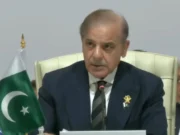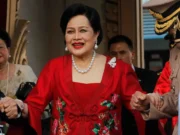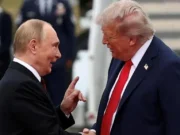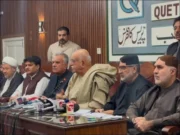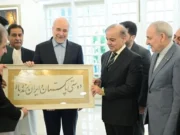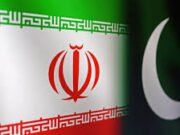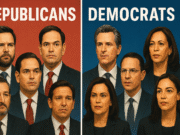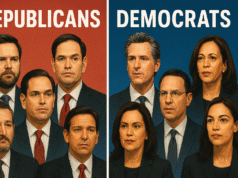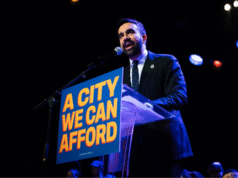Washington, D.C. — August 11, 2025 — President Donald J. Trump has signed a new executive order extending the suspension of certain additional ad valorem duties on imports from the People’s Republic of China until November 10, 2025, citing “significant steps” by Beijing toward remedying non-reciprocal trade arrangements.
The latest order continues the temporary pause first enacted under Executive Order 14298 in May 2025, which suspended higher tariffs imposed under the administration’s earlier reciprocal tariff regime. That 90-day suspension was set to expire on August 12, but the White House says ongoing negotiations and progress by China on U.S. concerns about trade reciprocity, economic security, and national security justify keeping the lower rates in place for another three months.
Under the order, the specific country-based ad valorem duty rate outlined in the Harmonized Tariff Schedule will remain on hold until 12:01 a.m. EST on November 10, 2025.
A Long-Running Tariff Tug-of-War
The latest move is the newest chapter in the Trump administration’s aggressive use of tariff policy to rebalance global trade. The dispute with China dates back to Trump’s first term, when his administration invoked the International Emergency Economic Powers Act and Section 301 of the Trade Act of 1974 to levy steep tariffs on hundreds of billions of dollars’ worth of Chinese goods.
The rationale, according to the White House, was to counter decades of “unfair and non-reciprocal” trade practices, including intellectual property theft, market access barriers, and state subsidies to Chinese firms. The policy triggered a tit-for-tat response from Beijing, with the State Council Tariff Commission announcing retaliatory duties on U.S. exports, including agricultural goods, automobiles, and industrial products.
This trade fight quickly spilled over into a global tariff campaign, with Trump expanding his “reciprocal tariff” principle to other major trading partners, including the European Union, Japan, and Mexico. Critics argued that the tariffs risked sparking a global slowdown and burdening U.S. consumers, while supporters claimed they were long overdue to protect American industry and workers.
In April 2025, after a new round of tariff hikes and retaliations, Washington and Beijing reopened high-level trade talks. By May, Trump agreed to a 90-day tariff reduction window to allow negotiations to continue. With today’s announcement, that window now extends into November — potentially setting the stage for either a breakthrough trade deal or a fresh escalation at the end of the year.
Implementation and Next Steps
The order directs the Secretaries of Commerce and Homeland Security, the U.S. Trade Representative, and other senior officials to take all necessary steps to enforce the suspension in line with U.S. law.
For now, importers, exporters, and global markets will watch closely to see whether the current thaw leads to lasting tariff relief — or whether the long-running tariff tug-of-war will resume with renewed intensity once the extension ends.


